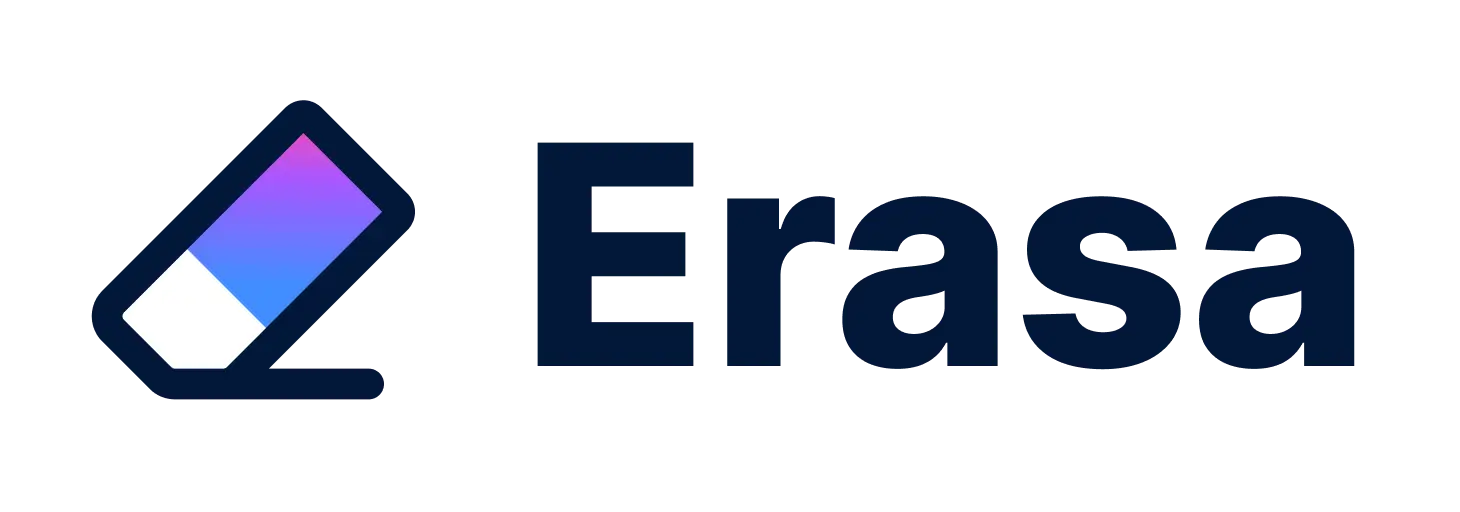How to Detect AI-Generated, Fake or Stolen Images Online
- Introduction: Why This Matters Now
- Step 1 — Identify AI-Generated Images with Detection Tools
- Step 2 — Check If the Image Is Reused, Stolen, or Leaked
- Step 3 — Take Action If Your Image Has Been Misused
- Step 4 — Prevent Future Misuse of Your Photos
- Step 5 — Understand the Difference: AI Detection vs. Image Tracking
- Final Thoughts — AI Detection Is Only the Beginning
- FAQ
- Read More
Introduction: Why This Matters Now
AI-generated images have become nearly indistinguishable from real photos.
From realistic portraits made by Midjourney to deepfake videos spreading across social media, it’s harder than ever to tell what’s authentic.
But detecting an AI-made photo is only half the battle.
Even genuine images can be reused, stolen, or impersonated across the web — often without your knowledge.
In this guide, we’ll explore both sides:
- How to identify AI-generated images using reliable tools.
- How to find out if your real photos are being reused or leaked elsewhere — and what you can do about it.
Step 1 — Identify AI-Generated Images with Detection Tools
AI-detection tools are the first step when you’re unsure whether a picture is synthetic or human-made. These platforms analyze visual artifacts, pixel inconsistencies, or metadata patterns that often appear in AI-generated images.
Here are some trusted options:
- Hive Moderation – A reliable platform used by developers to detect AI-generated and explicit content. It provides a confidence score indicating whether an image was likely AI-made.
- Sensity AI – Specializes in identifying deepfakes and synthetic media using forensic analysis and image fingerprinting.
- Illuminarty – A browser-based AI detector that highlights manipulated areas or signs of diffusion-generated content.
These tools are helpful for confirming whether an image is AI-generated —
but they can’t tell you where else that image exists online.
And that’s the real problem: whether the content is AI-made or not, it may still be reused or impersonated across multiple accounts and websites.
Step 2 — Check If the Image Is Reused, Stolen, or Leaked
Even if an image is authentic, it might be circulating online without your consent.
Content reuse — from profile impersonations to OnlyFans leaks — is now one of the most common forms of digital abuse.
Use Reverse Image Search Tools
Reverse image search helps you discover where else a photo appears on the internet.
By uploading an image or entering a URL, these tools scan visual databases to match similar or identical pictures.
Popular options include:
- Google Reverse Image Search — The most basic tool, good for general web pages and social media snippets.
- TinEye — Known for tracking edited or resized versions of an image.
- Erasa — A specialized platform built for creators, models, and brands to detect unauthorized reposts, leaks, and impersonation accounts across the web.
Erasa doesn’t detect whether an image was AI-generated — instead, it helps you discover where your real content is being reused, leaked, or copied. With one scan, it can identify lookalike accounts, stolen usernames, and content mirrors across social and adult platforms.
This makes Erasa particularly valuable for creators who have experienced:
- Fake or cloned social media accounts
- OnlyFans or Patreon content reposted without permission
- Their name or face reused in AI-generated fakes
If you’ve ever searched your own photo online and found it somewhere unexpected, Erasa is designed for exactly that scenario.
👉 Try Erasa to see where your photos appear online.
Step 3 — Take Action If Your Image Has Been Misused
Once you identify a reused or stolen image, the next step is to take action.
Here’s how you can respond effectively:
- Collect evidence. Take screenshots of URLs, profiles, and timestamps showing where the content was reposted.
- File a DMCA takedown. Many sites — from Reddit to adult forums — comply with DMCA requests. Erasa provides automated DMCA templates and handles takedown submissions directly for its users.
- Report impersonation accounts. Platforms like Instagram and X (Twitter) allow you to report fake accounts that use your photos or identity. Include reference links to your official profiles for verification.
- Monitor re-uploads. After removal, it’s crucial to continue scanning the web. Erasa’s Brand Monitor and Leak Detector automatically alert you when your content reappears on new sites.
In 2025, removing a single leak isn’t enough — protecting your online identity means building an ongoing monitoring routine.
Step 4 — Prevent Future Misuse of Your Photos
The best protection is proactive prevention.
Here are practical steps to minimize future image misuse:
- Add subtle watermarks to identify original ownership.
- Avoid posting full-resolution images publicly when unnecessary.
- Use Erasa’s monitoring dashboard to detect new leaks or cloned profiles early.
- Register your copyrights or trademarks for added legal strength.
- Track metadata exposure. Tools like ExifCleaner or Erasa’s metadata checker can help you manage what’s shared when you upload files.
By making small adjustments now, you reduce the risk of both AI-generated misuse and unauthorized reposts later.
Step 5 — Understand the Difference: AI Detection vs. Image Tracking
These two concepts often get mixed up — but they serve different purposes:
| Feature | AI Detection | Reverse Image Tracking (Erasa) |
|---|---|---|
| Purpose | Identify if a picture was AI-generated | Find where an image appears online |
| Method | Pixel analysis, neural network forensics | Cross-platform visual and metadata matching |
| Use Case | Spot deepfakes or synthetic media | Discover leaks, impersonations, or content theft |
| Best Tools | Hive Moderation, Sensity AI, Illuminarty | Erasa Reverse Image Search, Google Lens |
Both are essential in the modern internet landscape:
AI detection tells you what’s fake,
while Erasa tells you where the real image is being misused.
Final Thoughts — AI Detection Is Only the Beginning
AI-generated media is reshaping how we view authenticity online.
But for creators, brands, and everyday users, the bigger issue isn’t just “Is this AI?” —
it’s “Who’s using my real photos, and where?”
AI detection tools are useful for spotting manipulated content.
Erasa steps in after that point — to track reused or stolen images, monitor impersonations, and help remove unauthorized content from the web.
Together, these approaches form a complete digital defense:
Detect the fake. Trace the real. Protect what’s yours.
FAQ
1. How can I tell if an image was AI-generated?
Use detection tools like Hive Moderation or Sensity AI. Look for common artifacts such as asymmetrical patterns or inconsistent lighting.
2. What if my real photo appears on another website?
Run a reverse image search on Erasa or TinEye to locate where it’s been posted. You can then issue a takedown request.
3. Can AI-generated photos be copyrighted?
In most countries, AI-generated images lack human authorship, so they generally cannot be copyrighted.
4. How do I remove AI-generated fakes or leaked photos?
Use Erasa’s takedown system or file a DMCA request directly with the hosting site.
5. What’s the best long-term way to protect my content?
Combine detection tools, reverse image tracking, and proactive content monitoring with Erasa to build a full protection loop.
Read More
1.Where to Find OnlyFans Leak Detection Services (2025)
2.Erasa Upgrade – Find Leaked Content & DMCA Takedowns
3.Best Pornstar Identifier Tools to Find Adult Stars by Photo
People Also Enjoyed
Why Reverse Image Search Won’t Find Your Face
Reverse image search can’t identify faces. Learn why it fails, how face-search tools work, and how to find where your photos or identity appear online.
Why You’re Shadowbanned on Twitter (X) — Real Reasons
Learn why your Twitter (X) reach suddenly dropped. This guide explains the real reasons behind shadowbans and how to confirm your visibility status in minutes.
Best Feet Pics Platforms 2025: Safe, Private & Scam-Free
Compare the best feet pics platforms for 2025. Learn how to sell safely, stay anonymous, avoid scams, and protect your content with Erasa.
How to Detect AI-Generated, Fake or Stolen Images Online
Learn how to detect AI-generated, fake, or stolen images online — and how Erasa helps track leaks, impersonation, and content misuse.
Where to Find OnlyFans Leak Detection Services (2025)
Discover the best OnlyFans leak detection and removal services in 2025. Compare Erasa, Rulta, DMCAForce, and more to protect your content and income fast.
Who Can Help Remove Leaked Content That Keeps Coming Back?
“Find out who can help remove leaked content that keeps coming back. Compare trusted tools like Erasa to stop reuploads and protect your privacy.”
How to Send a DMCA Takedown (2025 Guide + Free Template)
Learn how to send a DMCA takedown in 2025 with a step-by-step guide, email templates, and pro tips. Remove stolen content fast with Erasa’s DMCA tool.
Brand Monitor Tools in 2025: Benefits, Features & Why They Matter
Discover how brand monitor tools protect businesses in 2025. Learn benefits, features, and why Erasa stands out with AI-powered monitoring and instant takedowns.
DMCA Takedown Request: Bulk Content Removal Guide
Learn how to file DMCA takedown requests, detect stolen content, and remove fake accounts with bulk monitoring and automated removal tools.
What If Someone Leaks Your Private Photos? Remove Them Fast
Worried about what if someone leaks your private photos? Learn how to report, remove, and protect leaked content with legal, technical, and preventive steps.
25+ Feet Picture Ideas: Creative Poses & Instagram Tips
Discover 25+ creative feet picture ideas with posing tips, Instagram growth strategies, pricing guidance, and ways to protect your content from theft. Perfect for photographers, influencers, and creators.
Find Stolen Accounts with Pornstar Identifier (2025)
Scan your photos with Pornstar Identifier tools to detect stolen accounts, track OnlyFans leaks, and protect your content using AI-powered reverse search.






